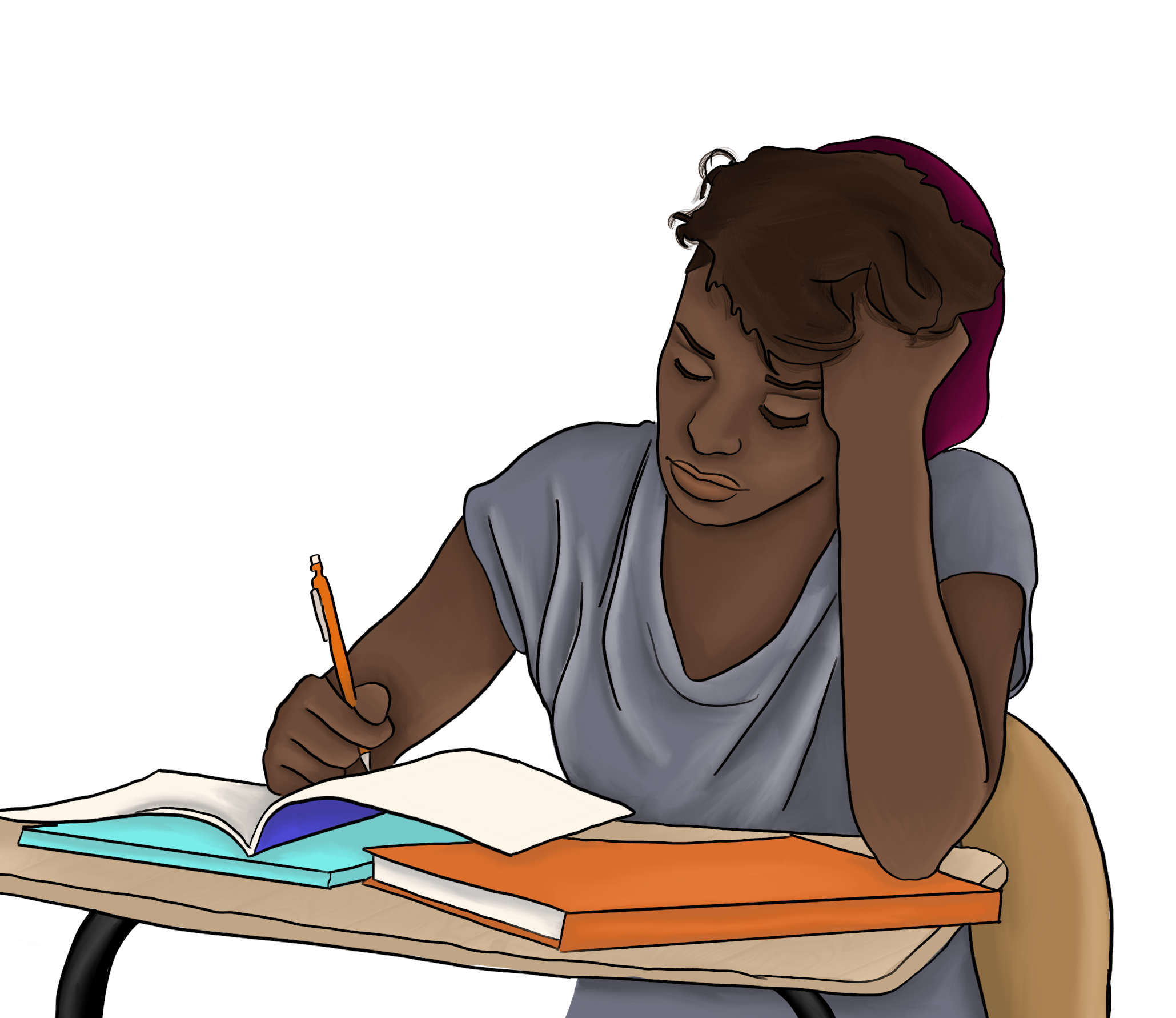
Merriam-Webster English dictionary defines standardization as “conformity with a standard especially to assure consistency and regularity.” Let’s emphasize those words again: conformity, consistency, regularity.
However, “unique,” “different,” “eccentric” and “distinct” are more characteristic of human nature.
Standardization is necessary for safety in large industries, technology, quality control of commodities and food and agriculture, medicine and perhaps business practices. But it is also used in academia.
Standardization is used in almost every aspect of the classroom. This curriculum includes standards taught within each academic level, the classroom organization, language used in the class and academic achievement, which we measure with standardized testing rather than actual knowledge gained from application and experience.
Before you take out your red sharpie and draw devil horns on standardized education, remember that it is well-intentioned, mandating a standardized study path to ensure that every student has equal opportunity and equal conditions to excel.
In 2002, No Child Left Behind (NCLB) passed to hold schools accountable for students’ equal opportunities, no matter their capability or socioeconomic background.
However, mandating a level playing field also holds some students back. Students with the aptitude to go beyond the standards assigned are held back because they are required to move at the same pace as a student on the level.
Take language studies, for example. Like every other discipline, linguistics standardizes language to create consistency for language usage. Linguists seek to bring a standard form of language for writing and speaking, with little deviation in variation.
The English language arts curriculum and literature classes grades K-12 are tailored to fit the most commonly used English form. Again, it doesn’t sound so bad, but most American public schools’ demographics are diverse, with various dialects that reflect their ethnic background.
By standardizing language usage, linguists and educators create an even playing field where everybody understands each other.
So while a standardized language can be preferable for educational practices and academic circles, it creates superiority over other dialects and flushes them out. Language variations include colloquial dialects because some texts are written in colloquial dialects. Some of these texts are not commonly selected for study in literature classes.
American literary studies most commonly teach British literature, with authors such as William Shakespeare, the Brontë sisters and Charles Dickens.
The problem here is that most students hate to read these authors, not because they are British or the context of the novels but because they do not understand the semantics of British English.
Because students in American public schools are trained to think, write and speak in a single form of the English language, they struggle to understand when they encounter language variation.
It is not one-size-fits-all.
Some students do not struggle, but this depends on their background rather than their formal public school education. They learn to recognize and understand different language forms at home instead of in school.
British literature and other English-language texts should be taught in schools. I’m not arguing against reading literary texts that aren’t American; instead, I’m calling to attention that we force students to read texts that they aren’t taught to understand or contextualize.
Standardization is not a villain — it is just that standards should include variety. It sounds contradictory, as the very idea of standardization is to remove inconsistencies, but listen to this idea: human standards should match human nature.
